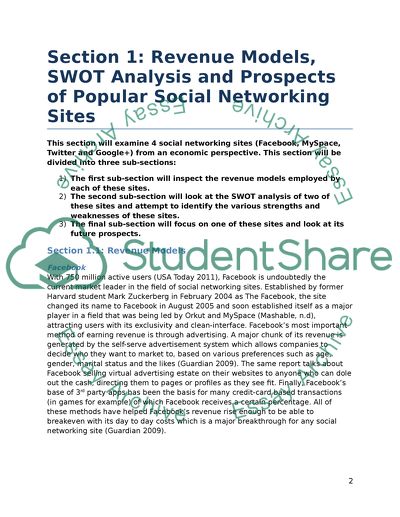Cite this document
(“E-commerce. Social Networking Sites Essay Example | Topics and Well Written Essays - 2750 words”, n.d.)
Retrieved de https://studentshare.org/e-commerce/1390999-ecommerce
Retrieved de https://studentshare.org/e-commerce/1390999-ecommerce
(E-Commerce. Social Networking Sites Essay Example | Topics and Well Written Essays - 2750 Words)
https://studentshare.org/e-commerce/1390999-ecommerce.
https://studentshare.org/e-commerce/1390999-ecommerce.
“E-Commerce. Social Networking Sites Essay Example | Topics and Well Written Essays - 2750 Words”, n.d. https://studentshare.org/e-commerce/1390999-ecommerce.


